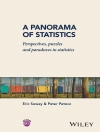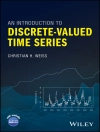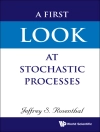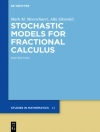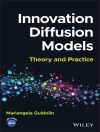Visualization research aims to provide insight into large, complicated data sets and the phenomena behind them. While there are di?erent methods of reaching this goal, topological methods stand out for their solid mathem- ical foundation, which guides the algorithmic analysis and its presentation. Topology-based methods in visualization have been around since the beg- ning of visualization as a scienti?c discipline, but they initially played only a minor role. In recent years, interest in topology-basedvisualization has grown andsigni?cantinnovationhasledto newconceptsandsuccessfulapplications. The latest trends adapt basic topological concepts to precisely express user interests in topological properties of the data. This book is the outcome of the second workshop on Topological Methods in Visualization, which was held March 4–6, 2007 in Kloster Nimbschen near Leipzig, Germany.Theworkshopbroughttogethermorethan40international researchers to present and discuss the state of the art and new trends in the ?eld of topology-based visualization. Two inspiring invited talks by George Haller, MIT, and Nelson Max, LLNL, were accompanied by 14 presentations by participants and two panel discussions on current and future trends in visualization research. This book contains thirteen research papers that have been peer-reviewed in a two-stage review process. In the ?rst phase, submitted papers where peer-reviewed by the international program committee. After the workshop accepted papers went through a revision and a second review process taking into account comments from the ?rst round and discussions at the workshop. Abouthalfthepapersconcerntopology-basedanalysisandvisualizationof ?uid?owsimulations;twopapersconcernmoregeneraltopologicalalgorithms, while theremaining papers discuss topology-based visualization methods in application areas like biology, medical imaging and electromagnetism.
Tabela de Conteúdo
Visualization of Coherent Structures in Transient 2D Flows.- Visualizing Lagrangian Coherent Structures and Comparison to Vector Field Topology.- Extraction of Separation Manifolds using Topological Structures in Flow Cross Sections.- Topology Based Selection and Curation of Level Sets.- Representing Interpolant Topology for Contour Tree Computation.- Path Line Attributes – an Information Visualization Approach to Analyzing the Dynamic Behavior of 3D Time-Dependent Flow Fields.- Flow Structure based 3D Streamline Placement.- Critical Points of the Electric Field from a Collection of Point Charges.- Visualizing global manifolds during the transition to chaos in the Lorenz system.- Streamline and Vortex Line Analysis of the Vortex Breakdown in a Confined Cylinder Flow.- Flow Topology Beyond Skeletons: Visualization of Features in Recirculating Flow.- Bringing Topology-Based Flow Visualization to the Application Domain.- Computing Center-Lines: An Application of Vector Field Topology.







